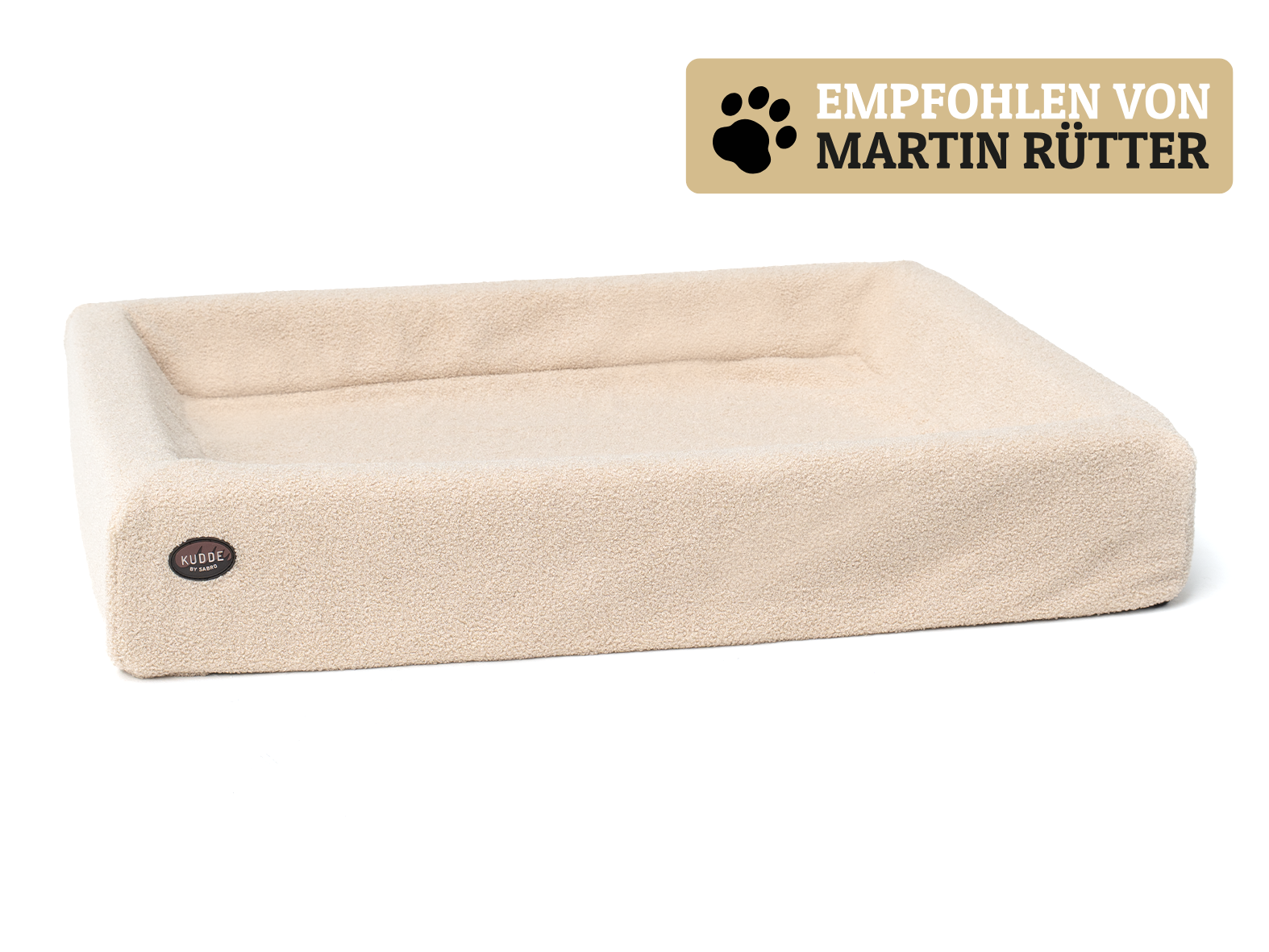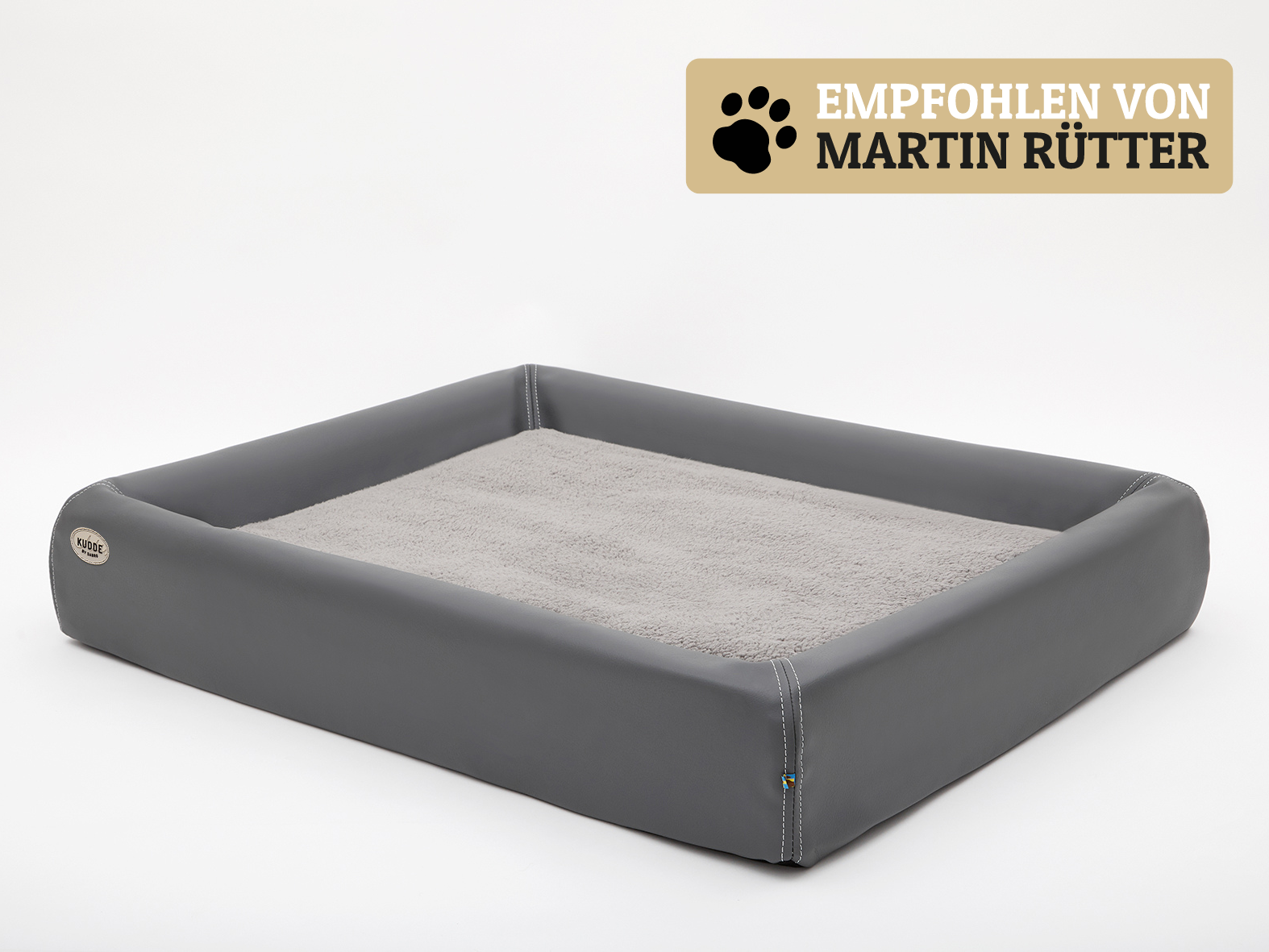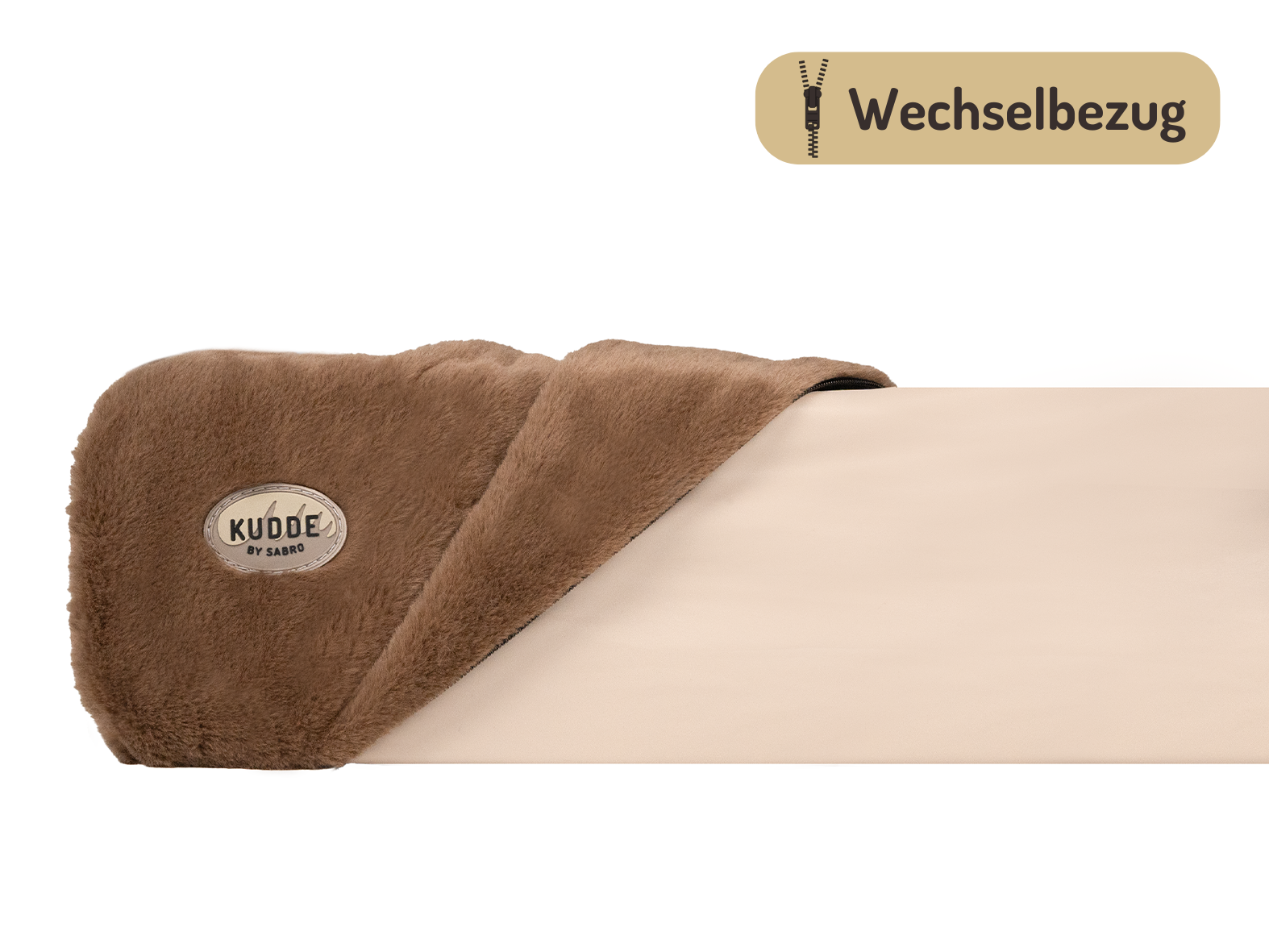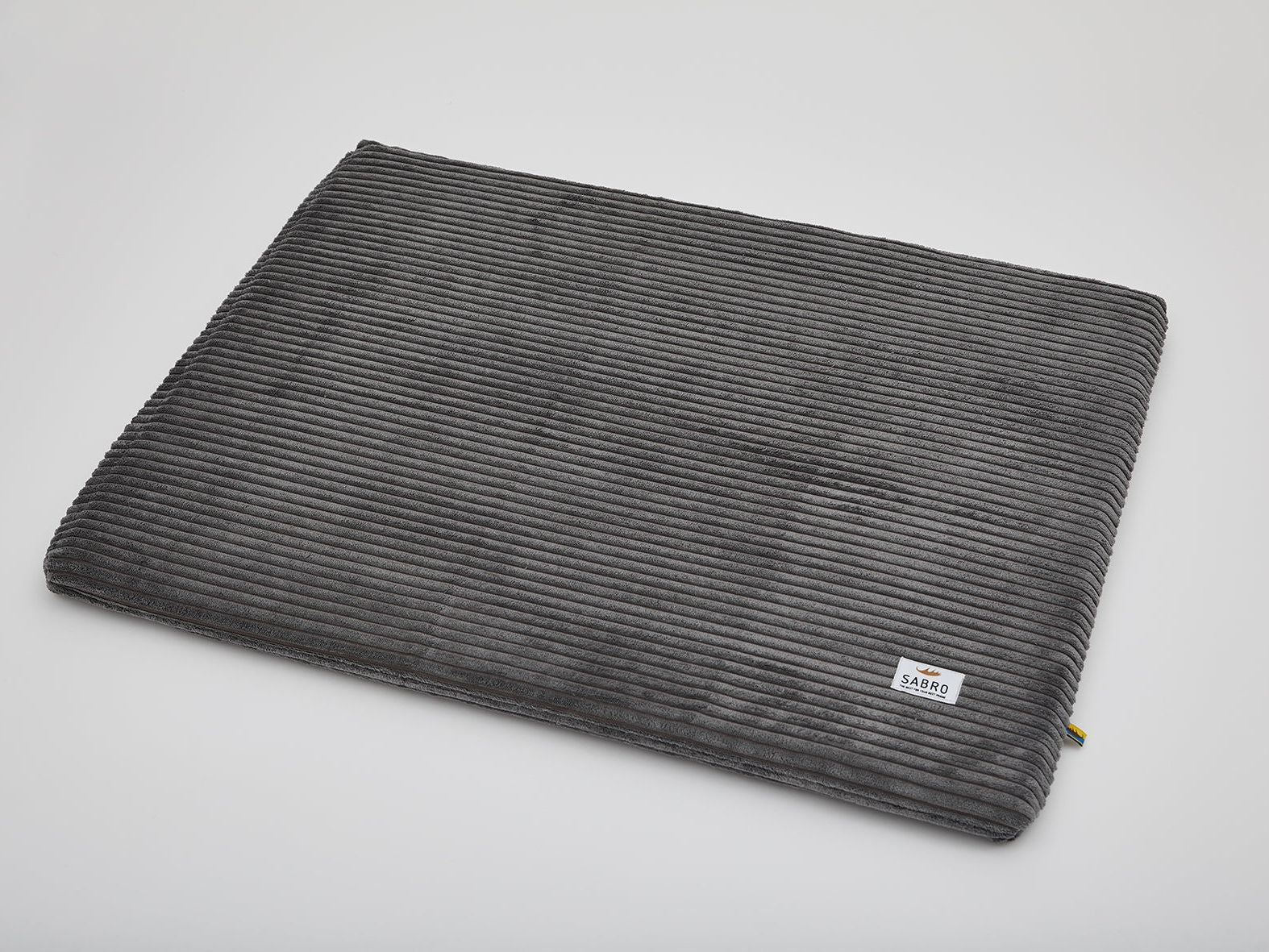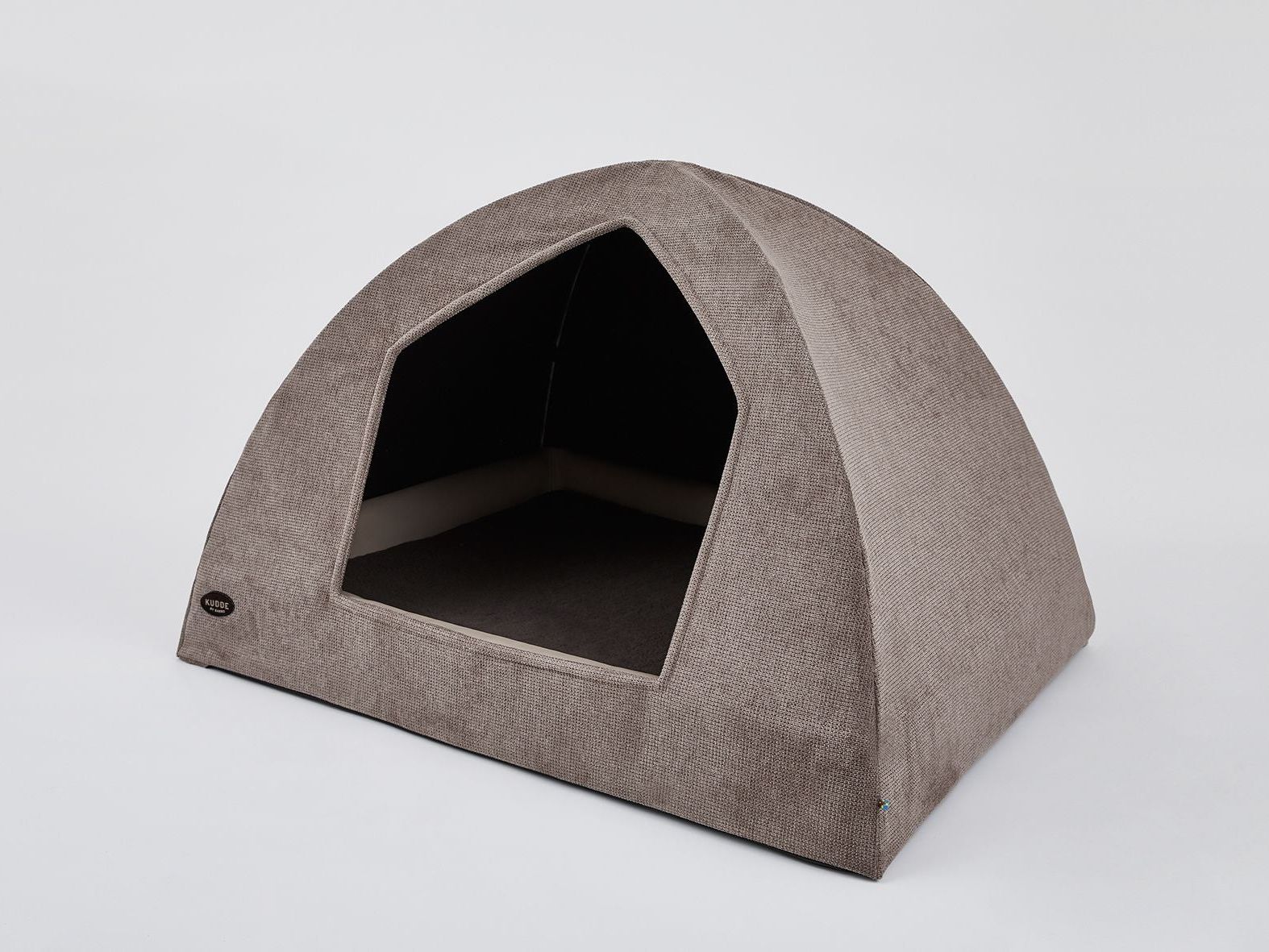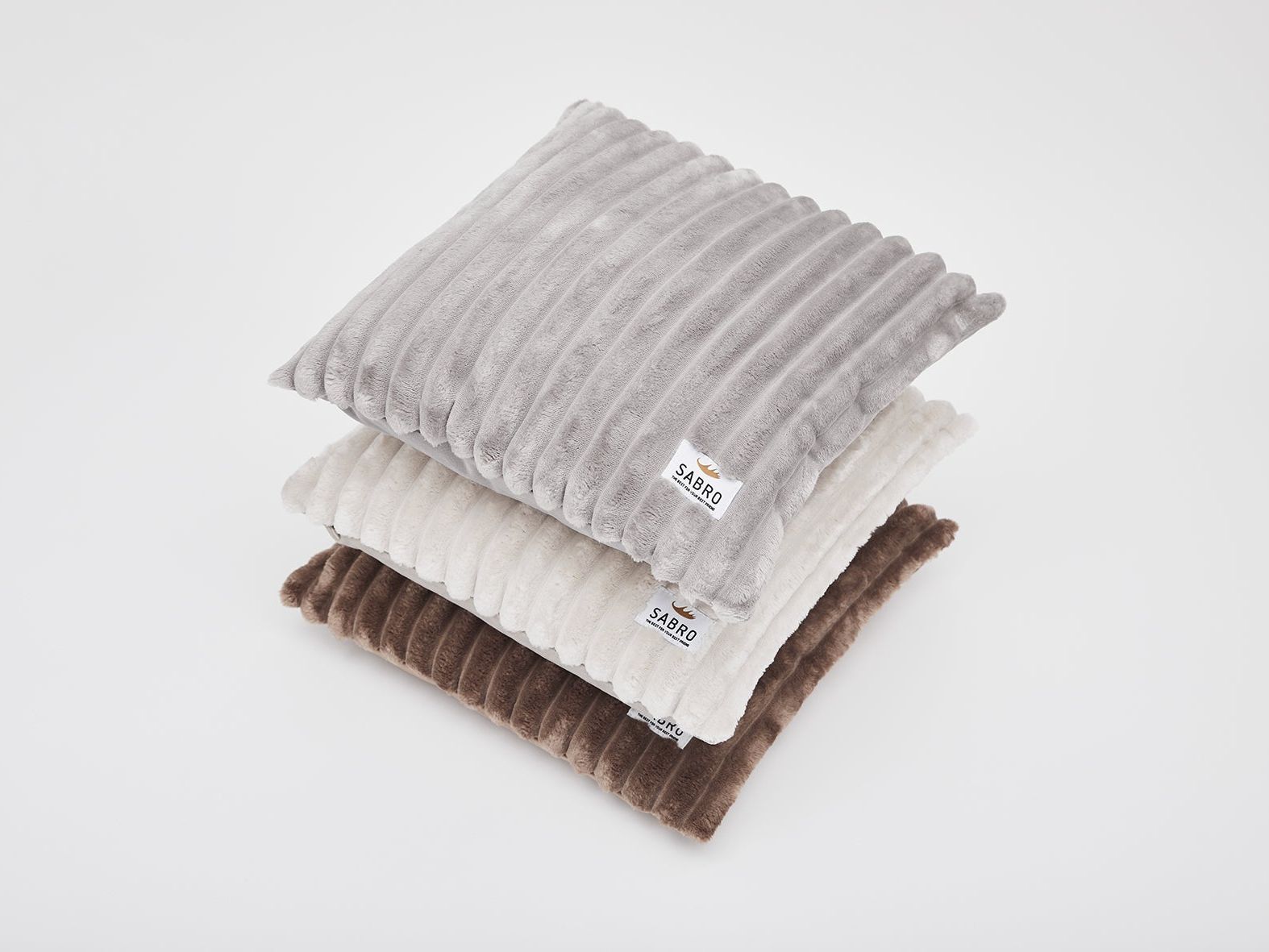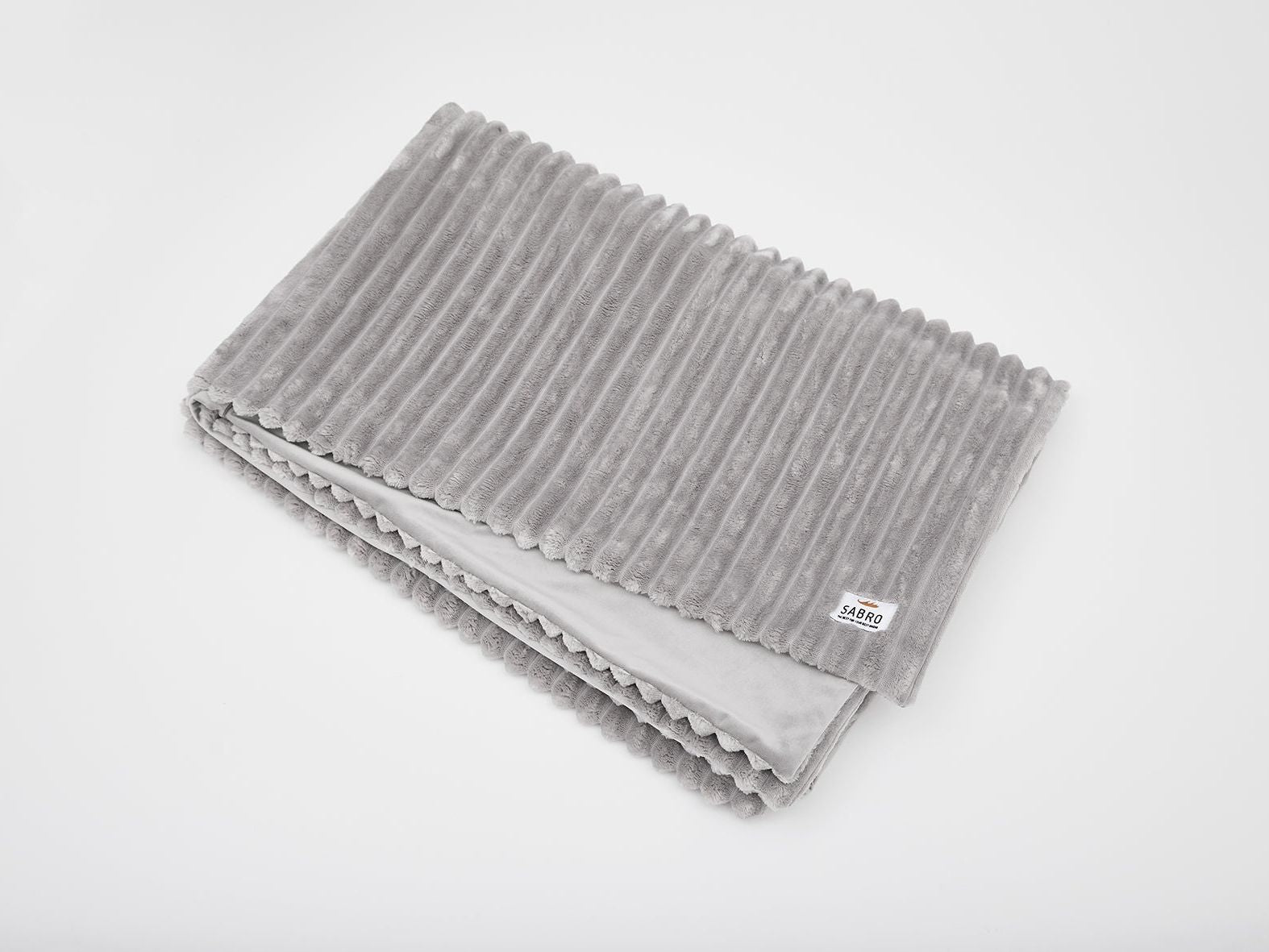Our climate is increasingly dominated by capricious weather. Extremely hot summers are almost a daily occurrence in the most beautiful season of the year. We are just as unaccustomed to heat above 35 degrees Celsius as many of our pets. Dogs in particular can suffer from this: as they have very few sweat glands, they try to cool themselves down by panting over their tongues. For dogs with very long fur and a lot of undercoat, this only helps to a limited extent. But there are also people in their pack who can help them. We have put together our top tips for cooling dogs down in hot weather. And explain when and for which dogs a cooling coat can be used. Because heat can be a great physical strain, especially for older, sick or overweight dogs.
Top 10 tips for cooling down dogs in the heat
1. DRINK! DRINK! DRINK!
Keep your dog hydrated at all times, always offer him water and make sure that the water bowl is always full so that your dog is never left high and dry. You should always have a bottle of water with you when you are out and about.
2. NEVER LEAVE THE DOG IN THE CAR
Regardless of whether the windows are open and the car is in the shade: A DOG MUST NEVER BE LEFT ALONE IN THE CAR IN THE SUMMER!!!! If you notice that a dog is sitting alone in the car, this is even a reason to call the police, because it is cruelty to animals. The heat in the car can cause serious damage to the organs, including cardiac arrest.
3. FEED SMALL MEALS MORE OFTEN
We know this ourselves: eating in summer is no great pleasure, apart from garden parties. A few large portions are also difficult for dogs to digest on hot days. It's better to regularly provide small portions that don't put too much strain on the stomach.
4. AVOID EXCESSIVE EXERTION
Letting your dog run alongside you on the bike or doing an extensive agility program is a no-go in hot weather. The dog will set its own pace on a normal walk. Ideally, walks should take place in the cooler morning and evening hours.
5. BATHING AND SPLASHING AROUND
Is there a swimming lake near you, do you have a paddling pool in the garden or do you often walk along the dog beach anyway? Great, because a dip in the cool water can be a revelation on hot days. ATTENTION: check beforehand that your dog doesn't feel too hot so that his circulation is not affected by the cool water and don't let him swallow too much water. Is your dog afraid of water? Then show him how nice water is by letting him dip his paws in first. He will quickly realize that it is pleasant when the water evaporates and cools.
6. TAKE A SIESTA
Dogs also love to chill out in the heat, relax and take a siesta. Find a shady spot on the lawn, in the garden or indoors and have a good time. The high temperatures tire people and animals quickly and make regular breaks necessary.
7. PROTECT FROM SUNBURN
Yes, dogs can also get sunburn. Light-skinned and skin-sensitive animals in particular can be affected. Especially on the tip of the nose and ears. These can simply be covered with a little sun cream, preferably one for sensitive skin.
8. AVOID DRAUGHTS AND AIR CONDITIONING SYSTEMS
Everyone has seen the picture of the cool dog with sunglasses in the convertible somewhere. It looks cute, but it's not good for your dog, as it can cause painful eye infections. If the air conditioning in the car is set too cold, it can also cause circulatory problems. Rule of thumb: the temperature in the car should only be 6 °C lower than outside, so if the outside temperature is 34 °C, don't cool it down to 22 °C in the car as usual, but to a maximum of 28 °C.
9. BRUSH LONG FUR REGULARLY
Regular brushing removes the undercoat and allows more air to reach the skin, which your dog will really enjoy. It is best to visit a professional groomer who will give your dog a summer look that is appropriate for his coat structure and breed. Because only if it is done professionally and not simply shorn off will the hair structure not suffer. If the coat is clipped incorrectly, heat regulation can even be negatively affected. Speaking of coats: dogs with dark coats heat up more quickly than dogs with light coats.
10. TREAT YOURSELF TO AN ICE CREAM TO COOL DOWN
It's not for nothing that ice cream parlors are overcrowded in summer. And dogs also love to lick up a cool treat. You don't have to go to the trendy dog ice cream boutique in the next trendy district. Fill some natural yoghurt, cottage cheese or quark into a container suitable for dogs (e.g. an empty, small yoghurt pot) and put it in the freezer. If your dog has a sweet tooth, you can add their favorite fruit or food, e.g. mashed banana, strawberry or liverwurst. You know best what your dog likes, so just give it a try. You can also find summer dog snacks and ice molds for homemade dog ice cream in our range.
How to provide first aid if your dog is already overheated
Heat is a major stress factor for your dog. And he reacts differently depending on his character. While one dog is agile even in summer, another is overworked after a short time. Check your dog regularly. If he is panting more than usual, seems more nervous or looks at you with glassy eyes, he may already have heatstroke. Sudden vomiting, staggering back and forth or a darker tongue than usual are also signs of too much sun and heat. In this case, take your dog into the shade immediately. Get some lukewarm water to cool him down from the inside by drinking and from the outside by dabbing. Avoid cooling him down too quickly. Once the condition has stabilized, take your dog straight to the vet and follow their instructions. Your dog should then soon feel better.
A cooling jacket provides cooling
Another aid for cooling down dogs on hot days can be a cooling coat. This works completely without chemicals according to the evaporation principle, similar to how we humans sweat: the cooling coat is dipped in cold water, wrung out and then put on the dog. Due to the material used, this is not comparable to a wet towel for cooling, as the moisture remains inside the cooling coat and is only gradually released. A Velcro fastener is used to adjust the cooling coat to the dog so that it does not constrict and is comfortable to wear. Older and allergic dogs in particular, as well as dogs with heart problems, are predestined for a cooling coat, as they then have to pant less to cool down.
The team at bussgeldkataloge.de has taken a closer look at the legal situation:
GUEST CONTRIBUTION
Heat death in the car: when the vehicle becomes a deadly danger
Dog owners like to leave their four-legged friends in the car when they go shopping. In the cooler months of the year, this is usually not a problem. However, as summer approaches and temperatures rise to 20 degrees Celsius and above, the vehicle quickly turns into a death trap. If such a case is observed, intervention is permitted, but only under certain conditions.
Cars heat up too quickly
Unfortunately, the danger of rapid heat build-up in the car is still underestimated. On a warm summer's day, the car interior can heat up to 70 degrees Celsius. Temperatures above 40 degrees Celsius are already dangerous for dogs. It is completely irrelevant whether the car is parked in the shade or not. Because the sun moves quickly. Even the slit left open in the window is not enough to ensure regulated air circulation.
If the dog is not discovered in time, it suffers irreparable organ damage under the effect of the heat, which in the worst case can lead to cardiac arrest.
Is it a criminal offense to leave the dog in the car when it's hot?
In general, it is always advisable not to leave dogs alone in the car. However, there are reasons why this is not always possible. It is also less stressful for many dogs to stay in the car than to go into a store, for example.
In general, it is not forbidden to leave a dog in the car. Nevertheless, it is important to ensure that the external conditions are right. This means that the dog must neither overcool nor overheat.
Any pet owner who acts against this principle may face charges of cruelty to animals. This includes either a fine or even a prison sentence of up to three years.
When and how should passers-by intervene?
Anyone who sees a dog sitting in a car on a warm day should always take action. The extent to which you can provide help depends on various things.
The first question is how to recognize that the dog is unwell in the car. Clear signs of this are constant panting and apathy. The dog does not respond to being spoken to or knocking on the window. Many four-legged friends stagger and vomit. Another sign is a dark tongue and a glazed look, which indicates that the dog has already suffered heatstroke. This means that the dog's life is in acute danger.
In such a case, quick action is required, as the dog must be taken out of the car urgently and given help. Observers should proceed as follows:
- If the car is in the parking lot of a store and the animal is clearly in distress, the observer should make a note of the license plate number and have the owner paged over the store's public address system.
- If the owner cannot be found, the police are informed. They will take all measures to free the animal from the car.
- If the dog's life is already in danger, it may make sense to break the car window. However, this is only justified as an "emergency" if there is no other way to free the dog from its situation. To ensure that this is the case, witnesses should be called in and photos taken with a cell phone. These can later be used to reconstruct the facts of the case and prove necessity. In this case, the procedure will not be interpreted as damage to property.
Once the dog has been freed, it should be moved to a shady spot as quickly as possible and given some lukewarm or slightly cool water. Ideally, you should cool its body and wet its tongue with the water. However, all first aid measures are no substitute for a visit to the vet. Therefore, even if the animal appears to recover quickly, it should be taken to the vet afterwards.
What should I bear in mind when traveling with dogs?
If you are out and about with your four-legged friend, you should always give them the opportunity to take breaks along the way. It is also advisable to regularly offer water or a cool-down during these breaks.
What tricks do you have for hot days? What's your dog's favorite way to cool off? Let us know in the comments.


